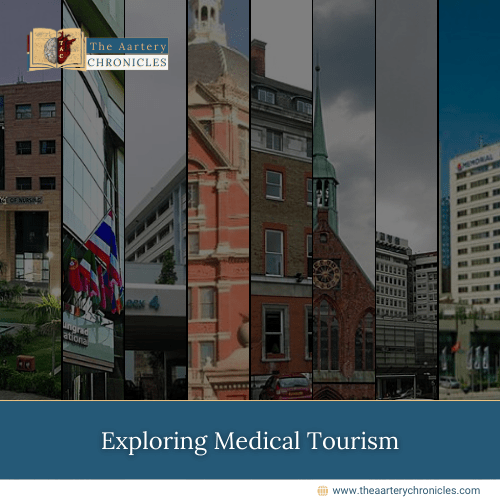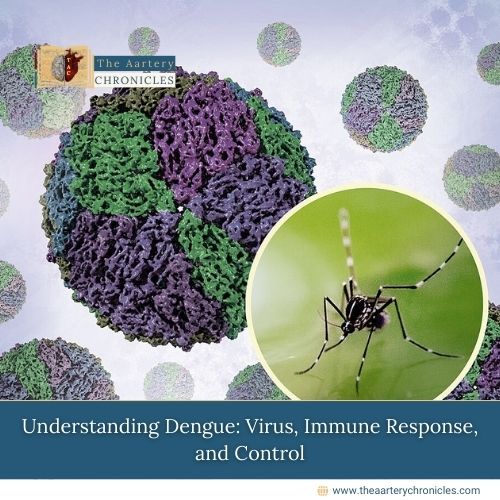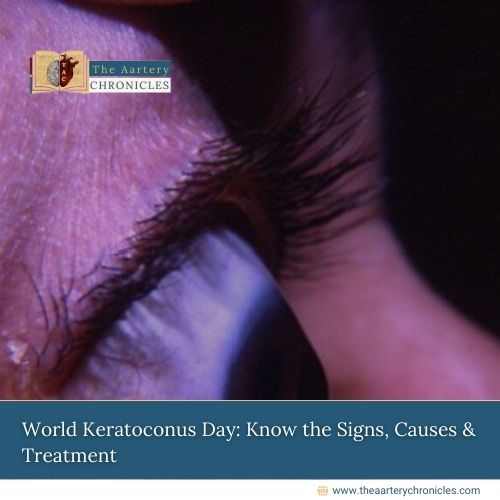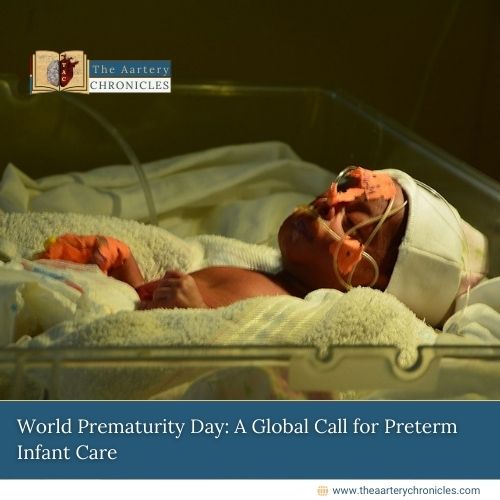
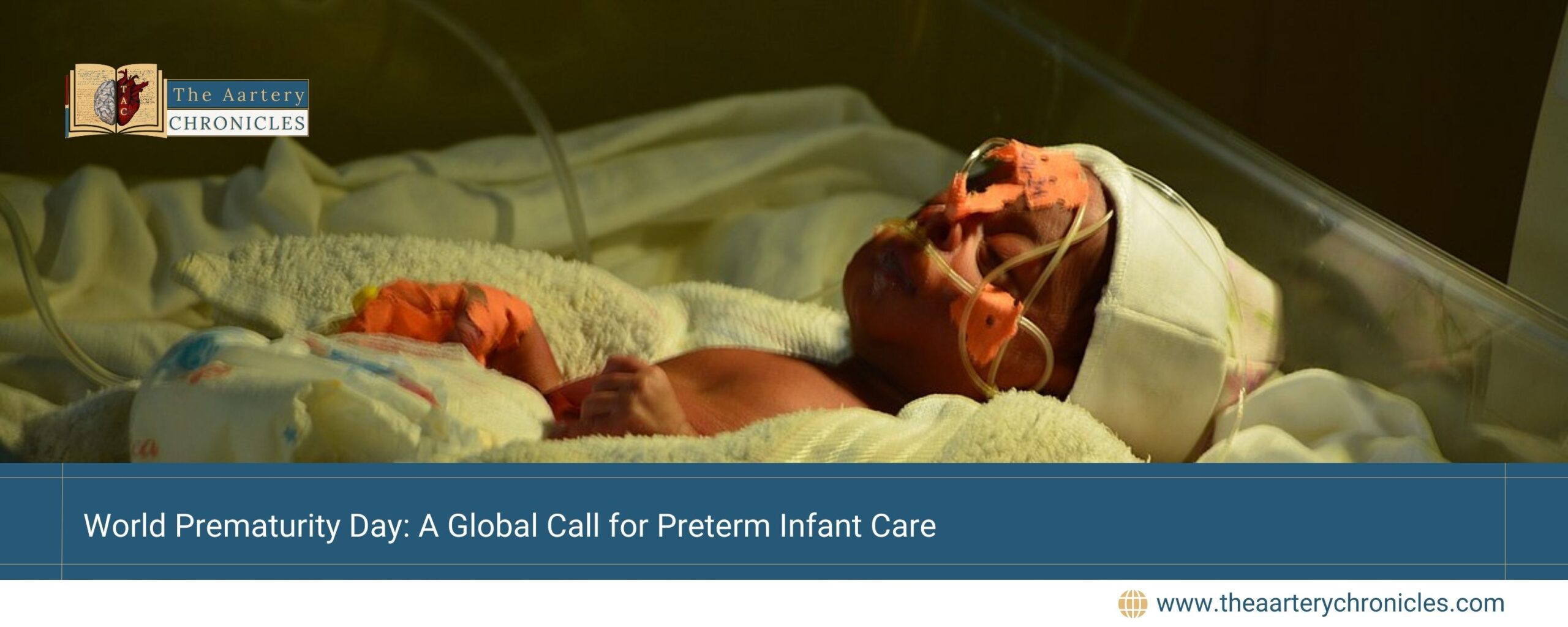
World Prematurity Day: A Global Call for Preterm Infant Care
World Prematurity Day
World Prematurity Day, observed annually on the 17th of November, raises awareness about premature birth and highlights the health challenges preterm babies and women face. Preterm birth is one of the most predominant causes of death in children under five as around 16 million babies are born premature every year. Several activities such as awareness campaigns, lighting up landmarks, community events, etc are held globally to provide support, improve understanding, and promote access to quality healthcare for preterm infants worldwide.
Origins and Global Recognition
The European Foundation for the Care of Newborn Infants (EFCNI) with partner European organizations helped establish this day for the first time in 2008. It was first observed in 2009 and has become a worldwide movement receiving official recognition in 2011. Today several international organizations such as the March of Dimes, the National Premmie Foundation, and the LittleBigSouls promote the day and emphasize the issues associated with preterm birth.
World Prematurity Day: Theme 2024
This year’s global theme for World Prematurity Day is Over 13 million babies born too soon every year. Access to quality care everywhere!
The theme highlights the crucial need for improving healthcare access and care quality for premature infants, raising awareness about the significant health concerns they face.
Another additional global theme this year is ‘Small Actions, BIG IMPACT: Immediate skin-to-skin care for every baby everywhere’. This emphasizes the significance of skin-to-skin contact and how it is effective for babies, contributing to their awareness of touch and affection.
What is preterm birth?
Infants born alive before completing 37 weeks of gestation are classified as preterm. Preterm births are divided into subcategories according to gestational age.
- Extreme preterm (babies born before 28 weeks)
- Very preterm (babies born before 32 weeks)
- Moderate to late preterm (babies born within 32 to 37 weeks)
Risk Factors associated with Preterm birth
Often the causes of preterm birth are unknown. Various factors may contribute to women delivering early. Some factors leading to higher rates of preterm birth include:
Demographics
- Teens
- Women over the age of 35
- Women from Hawaii and the Pacific Island
- American Indian Women
- Women under stress
Medical Conditions
- Women with a history of preterm birth
- Women having certain infections such as COVID-19
- In the case of twins, triplets, or more
- Women suffering from high blood pressure during pregnancy
Behavioral Characteristics
- Women consuming tobacco
- Women using drugs
Women who conceive via in vitro fertilization (IVF) or other assisted reproductive techniques (ART) face an increased risk of preterm birth
Risk Factors associated with Preterm birth
Preterm birth can cause several health issues in infants both in the early days and in the long term.
Health issues in the early days:
- Temperature regulation: Preterm infants have significantly lower body fat hence there is an increased risk of hypothermia
- Infections: Underdeveloped and immature immune systems can lead to higher susceptibility to infections
- Feeding Challenges: Feeding is also one of the major concerns with preterm infants as their suck and swallow reflexes may be underdeveloped.
- Respiratory issues: Many preterm infants suffer from respiratory distress syndrome because of underdeveloped lungs and the lungs lack surfactant which is necessary to keep lungs expanded. Hence preterm infants require mechanical ventilation or oxygen support.
Long-term impact on health
- Chronic Lung disease: Chronic lung conditions like bronchopulmonary dysplasia (BPD) can develop causing disorders such as Asthma and lung damage
- Vision issues: Abnormal blood vessel growth in the retina can cause Retinopathy of prematurity (ROP), which can potentially lead to visual impairment.
- Neurological Issues: In preterm infants, there is a higher risk of brain issues such as intraventricular hemorrhage leading to complications like developmental delays, learning difficulties, and cerebral palsy.
Some precautions that can help reduce the risk of preterm birth:
- Ensure a gap of at least 18 months between giving birth and getting pregnant again
- Prevent infections, get recommended vaccinations, and follow safety measures to prevent STDs
- Follow a well-balanced healthy diet which can help in gaining healthy weight
- Avoid drinking alcohol, smoking, and drug usage
- Get regular prenatal checkups
- Consider getting a preconception checkup to ensure that the body is ready for pregnancy
- World Prematurity Day | European Foundation for the Care of Newborn Infants
- World Prematurity Day | Global Alliance for Newborn Care
- World Prematurity Day | UNICEF
- World Prematurity Day | Canadian Premature Babies Foundation
- Newborn health: Challenges facing preterm babies | WHO
- How can preterm birth affect a baby’s health? | March of Dimes
- Preterm Birth | CDC

Sanika Pande
Reviewed by: Dr. Aarti Nehra

